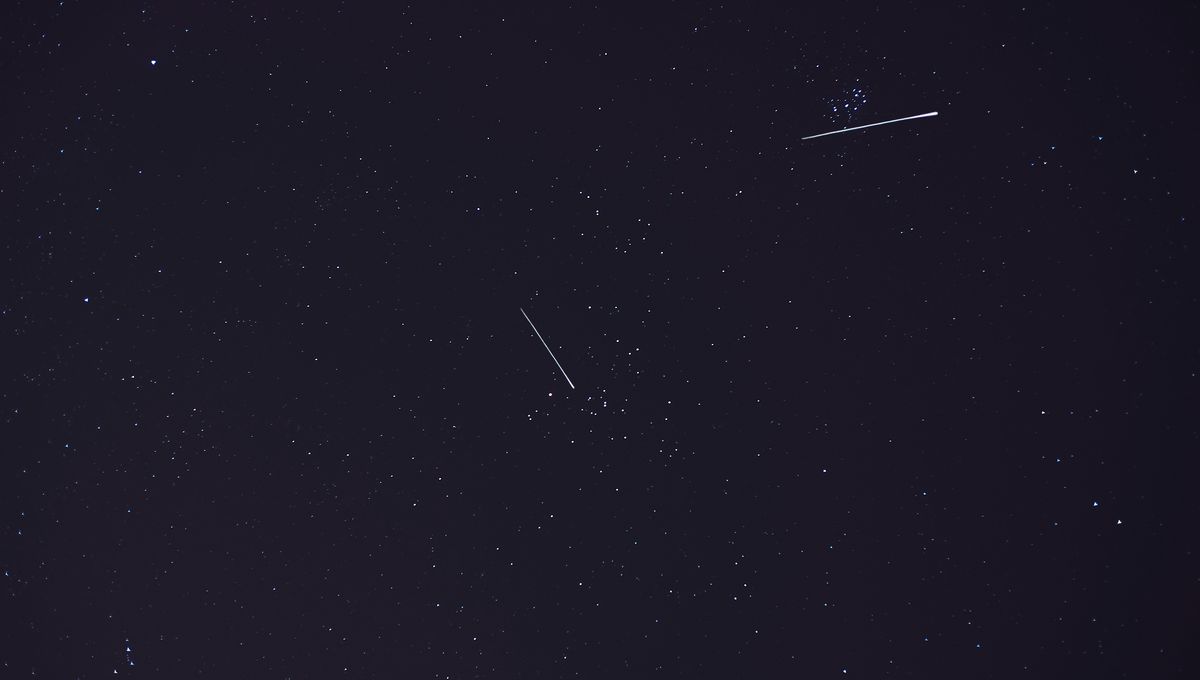
Meteor showers are the product of comets or asteroids dropping debris on their orbit. Once these debris streams cross the Earth, they burn up in the atmosphere, creating the shooting stars that we know and love. Many famous comets are responsible for famous showers, but the most prolific seems to be Comet Encke. It might also be a dangerous one.
Comet Encke is responsible for multiple meteor showers, including the Southern Taurids and Northern Taurids, which are active now, and the Beta Taurids, which are active in June and July. The Beta Taurids is actually a shower that peaks after dawn, so unless the meteors are extremely bright, you can’t see them. If that was not all, the comet might be responsible for a meteor shower on Mercury as well!
All of this might be exciting enough, but new research suggests that there is a potential risk associated with this shower. While most meteors are tiny fragments, the Taurids are notorious for their fireballs, which are caused by larger pieces of rock burning in the atmosphere. For this swarm, the pieces might end up being quite a bit larger.
We are not talking world-ending chunks hiding among the pebbles of the meteor shower, but the new work suggests that the risk of airburst-sized near-Earth objects (NEOs), similar to those that exploded over Russia in Chelyabinsk in 2013 or Tunguska in 1908, is higher than previously calculated. And it is possible that there is a population of these larger fragments associated with this meteor shower: the Taurid resonant swarm (TRS).
“The resonant swarm is theoretical, but there is some evidence that a sparse swarm of small objects exists because bright fireballs and seismic signatures of impacts on the Moon have been observed at times that the theory has predicted,” lead author Professor Mark Boslough, from the University of New Mexico, said in a statement.
The astronomers calculated that if the TRS actually existed, it would make close passages in 2032 and 2036. The existence of TRS is a risk, so studying it would allow us to be prepared for its potential impact.
“Our findings are that we have the technology to test the Taurid resonant swarm by using existing telescopes for targeted sky surveys in 2032 and 2036 when the hypothetical swarm will make very close approaches,” said Boslough.
It has been put forward that the Tunguska bolide was a Beta Taurids, a block of 60 meters (197 feet) across that exploded over the sky of Siberia. An object like this falling today on a populated area could cause many victims without impacting the ground. Studying these meteor showers and the potential that they might be hiding an object of a risk size is crucial for planetary defense.
“Planetary defense is the multidisciplinary and internationally coordinated effort to protect the Earth and its inhabitants from impacts by near-Earth objects (NEOs),” explained Boslough. “It requires surveys to discover and track NEOs, campaigns to characterize those that are hazardous, modeling efforts to understand and predict impact effects and associated consequences, and mitigation through impact avoidance and/or civil defense.”
For now, we can just enjoy the Taurids. Unlike other famous showers, the number of events per hour is lower, but what they lack in quantity, they make up for in brightness. This year, though, the peak for the Southern Taurids coincides with the Full Moon, making the show more challenging to see. The Northern Taurids peak a week later, which is a lot more manageable.
A paper on this work is published in the journal Acta Astronautica.
Source Link: Explosive Airbursts, Like Tunguska, Might Be Hiding Among "Halloween Fireballs" Meteor Shower